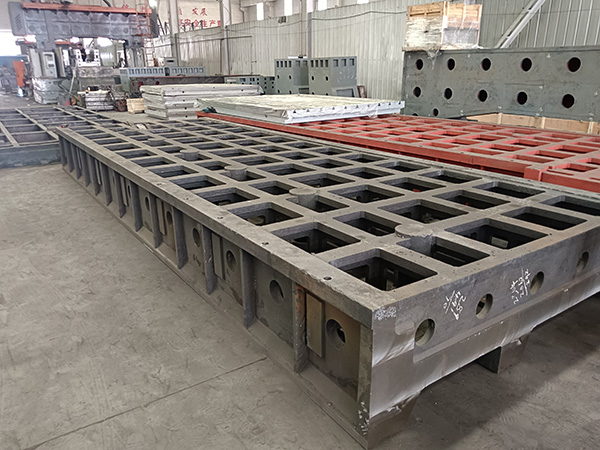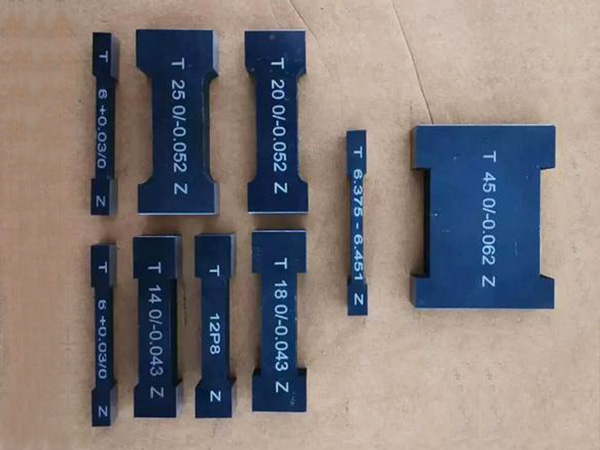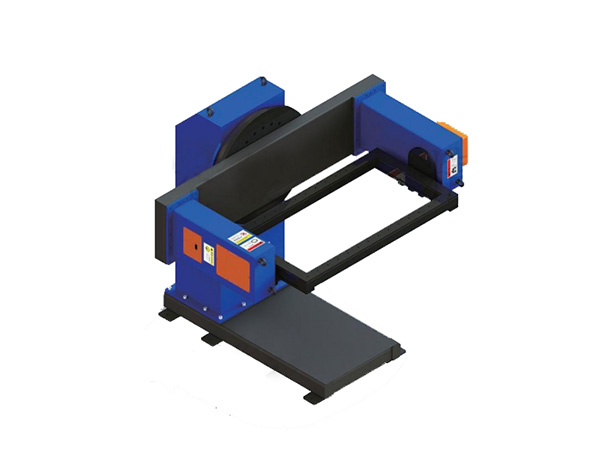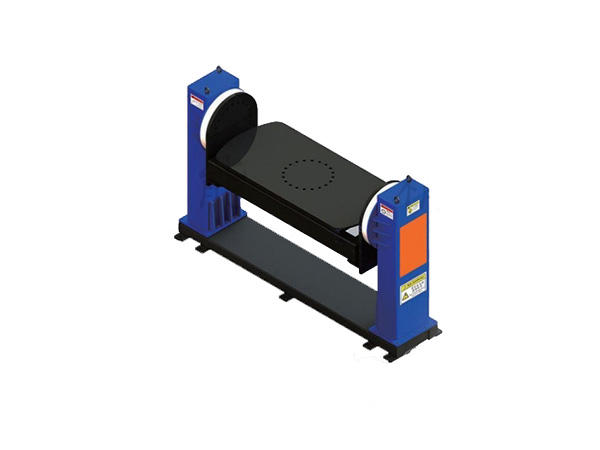- Navigation -
NEWS DETAILS
NEWS INFORMATION
Sand Casting vs. Die Casting: Best Method for Machine Tool Parts
AUTHOR:Bozhong Tool DATE:2025-11-18 16:33:34 HITS:174
High-quality Machine tool castings must deliver stability, durability, and precise geometry, making the casting method a decisive factor in the final part’s performance. Within industrial manufacturing, sand casting and die casting are the two dominant processes used to shape metal into functional machine components. Although they serve similar purposes, the way each method functions—and the kind of result it produces—differs dramatically.
For engineers, procurement specialists, and any Manufacturer supporting recurring Production or long-term bulk supply, choosing the right casting process can significantly affect efficiency, cost, and mechanical reliability. Below is a comprehensive comparison to help you evaluate which method is best for your specific machine tool components.


1. Sand Casting: A Reliable Choice for Large and Heavy Machine Tool Components
Sand casting forms a cavity inside a sand mold, allowing molten metal to fill the shape and solidify into the desired part. Because the mold material is inexpensive and easily shaped, sand casting remains one of the most versatile processes in the machine tool industry.
One of the strongest advantages of sand casting is its ability to handle very large parts. Machine tool structures such as bases, beds, columns, and frames are often massive and require excellent vibration damping. Ferrous metals—especially gray iron and ductile iron—are the top choice for these components, and sand casting works exceptionally well with these alloys.
Beyond material compatibility, the low tooling cost makes sand casting practical for small to medium Production runs, prototypes, and parts requiring periodic design adjustments. Even though the final casting usually needs additional machining and produces a rougher surface, the process remains unmatched when structural rigidity and section thickness are key priorities.
2. Die Casting: The Precision Method for Smaller, Complex, or Thin-Walled Parts
Die casting uses a steel mold and high injection pressure to create components characterized by high accuracy and consistent shape. Unlike sand casting, which is suited to bulky structures, die casting thrives when the part is compact, intricate, or requires exceptional repeatability.
This method offers excellent dimensional precision and an extremely smooth surface finish. Many machine tool components—such as levers, covers, handles, brackets, and accessory housings—benefit from this high level of detail. Because die casting solidifies rapidly, the internal structure is dense and mechanically uniform.
However, die casting has natural limitations. It is typically restricted to non-ferrous alloys like aluminum, zinc, or magnesium, which means it cannot be applied to heavy machine tool bases or iron-based structural parts. The tooling investment is also significantly higher. But for large-scale Production, the high mold cost becomes negligible due to the fast cycle times and consistent output.
3. Material Requirements Strongly Influence Process Selection
Machine tool components must endure intense vibration, thermal changes, and long-term loading. These performance demands mean the material often dictates the appropriate casting process.
Sand casting accommodates ferrous metals—gray iron, ductile iron, carbon steel—which provide excellent damping properties and long-term dimensional stability. These metals are essential for structural Machine tool castings.
In contrast, die casting excels with lightweight alloys that help reduce component mass while maintaining strength. Aluminum and magnesium alloys are widely used for cover plates, ergonomic handles, and precision-mounted components within machine tool systems. Because of these differences, each process serves a distinct category of machine tool applications.
4. Precision and Surface Finish Comparison
Dimensional accuracy and surface quality matter greatly in machine tool construction, especially for parts involved in alignment, positioning, or enclosure sealing.
Sand casting generally produces moderate accuracy and a relatively coarse surface. This is acceptable for foundational parts, which usually undergo extensive machining anyway. The process is less suited for components requiring fine tolerances.
Die casting, by contrast, provides excellent dimensional stability straight from the mold. Its smooth surface reduces machining time, lowers production costs, and enhances the appearance of visible components. If your design requires extremely tight tolerances or fine surface details, die casting is typically the superior choice.
5. Cost Considerations and Production Efficiency
Another major factor in determining the right casting method is the balance between tooling cost and overall production demand.
Sand casting molds are inexpensive and easy to adapt, making them suitable for custom builds, one-off prototypes, or moderate batch production. The Production cycle is slower, but the process remains cost-effective when flexibility matters more than speed.
Die casting requires a significant upfront investment in hardened steel dies. While this cost is substantial, the Production cycle is extremely fast, meaning that high-volume orders benefit from very low per-unit costs. For a Manufacturer managing ongoing bulk supply or long-term production programs, die casting can dramatically improve efficiency.
6. Which Process Is Better for Machine Tool Castings?
Choosing between sand casting and die casting depends entirely on your part’s purpose, function, and operational environment. If a component is heavy, requires strong vibration damping, or must withstand major structural loads, sand casting remains the industry standard. It accommodates the iron-based alloys essential for stable machine tool foundations.
On the other hand, if your component is compact, intricately shaped, or requires excellent surface detail and consistency, die casting is likely the better fit. Its ability to deliver fine precision makes it ideal for covers, brackets, knobs, and mechanical accessories.
Both methods serve essential roles, but their applications rarely overlap. Understanding the strengths of each process helps ensure that machine tool components perform reliably, remain cost-efficient, and support long-term equipment performance.
Conclusion
When evaluating manufacturing methods for Machine tool castings, the best choice depends on scale, precision requirements, and material needs. Sand casting excels in structural applications, delivering strong, stable components for machine bases and frames. Die casting, in contrast, provides exceptional accuracy and rapid Production for smaller or more detailed parts.
For industries relying on steady and bulk supply, selecting the proper casting process ensures predictable quality, operational efficiency, and long-term reliability. By matching each component’s purpose to the right casting method, manufacturers can achieve durable, high-performance results across the entire machine tool system.
References
GB/T 7714:Campbell J. Complete casting handbook: metal casting processes, metallurgy, techniques and design[M]. Butterworth-Heinemann, 2015.
MLA:Campbell, John. Complete casting handbook: metal casting processes, metallurgy, techniques and design. Butterworth-Heinemann, 2015.
APA:Campbell, J. (2015). Complete casting handbook: metal casting processes, metallurgy, techniques and design. Butterworth-Heinemann.
-
Sand Casting vs. Die Casting: Best Method for Machine Tool Parts
-
Long-Term Methods to Maintain Granite Platform Flatness
-
Accurate Methods to Check the Flatness of Cast Iron Surface Plates
-
Pro Tips and Creative Hacks for Using a Welding Table in DIY Metalwork
-
How Heat Treatment Improves Machine Tool Castings
-
Debunking the Biggest Myths About Granite Platforms
Botou Bozhong Precision Machine Tool Co., Ltd.
Copyright © 2025-2026 https://www.bozhong-weldingtable.com. All Rights Reserved Botou Bozhong Precision Machine Tool Co., Ltd.Copyright





 Current Location:
Current Location:




